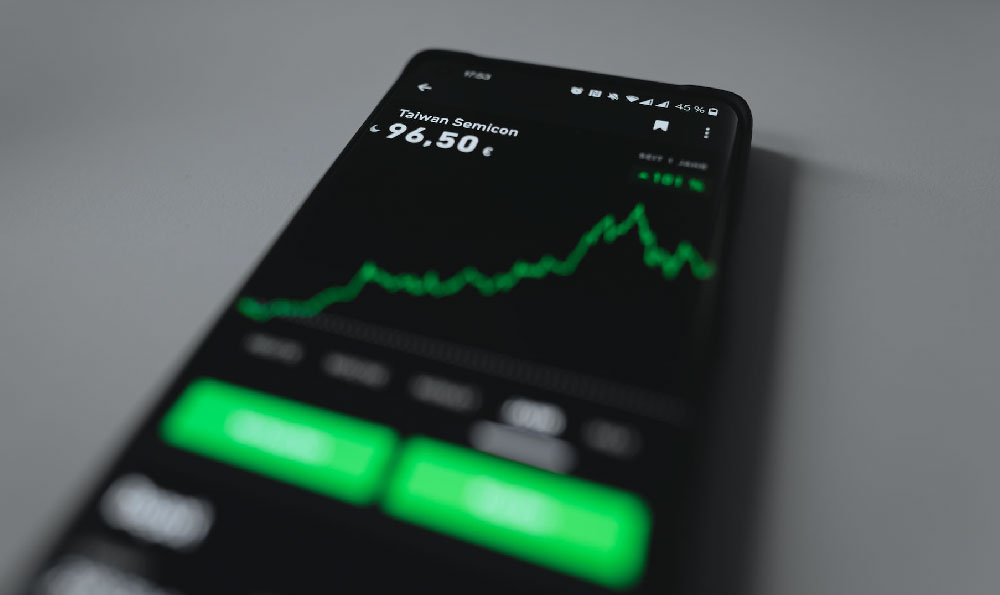Fidelity's Roth IRA presents a compelling avenue for individuals seeking to build tax-advantaged retirement savings. Unlike traditional IRAs, contributions to a Roth IRA are made with after-tax dollars, but qualified withdrawals in retirement are tax-free. This feature is particularly attractive to those who anticipate being in a higher tax bracket during retirement than they are currently. Understanding how to effectively invest within a Fidelity Roth IRA and where to begin requires careful consideration of several factors.
The initial step involves determining your eligibility and contribution limits. Roth IRA eligibility is subject to income limitations, which fluctuate annually. Before opening an account, confirm that your modified adjusted gross income falls within the permissible range. Exceeding these limits doesn't necessarily disqualify you from Roth IRA benefits; you might explore strategies like the "backdoor Roth IRA" if your income is too high for direct contributions. However, this approach has potential tax implications and requires careful planning, potentially involving consultation with a tax professional. Regarding contribution limits, the IRS sets an annual maximum that may vary based on age. Staying informed about these limitations is crucial to avoid penalties for excess contributions.
Once eligibility is established and the account is opened, the crucial question becomes: what to invest in? Fidelity offers a diverse range of investment options within its Roth IRA, catering to various risk tolerances and investment horizons. Understanding these options is paramount to crafting a suitable investment strategy.

Mutual funds represent a common and often beginner-friendly choice. Fidelity provides a wide array of mutual funds spanning different asset classes, investment styles, and management approaches. Index funds, which track a specific market index like the S&P 500, offer broad market exposure at relatively low expense ratios. Actively managed mutual funds, on the other hand, aim to outperform the market through the expertise of fund managers. While potentially yielding higher returns, actively managed funds typically carry higher fees.
Exchange-Traded Funds (ETFs) are another popular option, sharing similarities with mutual funds but trading like individual stocks on exchanges. ETFs offer flexibility and intraday liquidity, allowing investors to buy and sell shares throughout the trading day. Like mutual funds, ETFs cover a vast spectrum of asset classes and investment strategies.
Individual stocks present a more direct and potentially higher-risk investment opportunity. Investing in individual stocks requires a thorough understanding of company financials, industry dynamics, and market trends. While the potential for outsized gains exists, so does the risk of significant losses. For novice investors, starting with a diversified portfolio of mutual funds or ETFs might be a more prudent approach before venturing into individual stock picking.
Bonds, representing debt securities, can add stability and diversification to a Roth IRA portfolio. Bonds typically offer lower returns than stocks but also carry less risk. Investing in bond funds or individual bonds can help mitigate portfolio volatility and provide a hedge against economic downturns.
Fidelity also provides access to target-date funds, which are designed for investors with a specific retirement date in mind. These funds automatically adjust their asset allocation over time, becoming more conservative as the target date approaches. Target-date funds offer a simplified, hands-off approach to retirement investing.
Beyond simply choosing investments, constructing a well-diversified portfolio is essential for managing risk. Diversification involves spreading investments across different asset classes, sectors, and geographic regions. This strategy helps mitigate the impact of any single investment performing poorly. A diversified portfolio might include a mix of stocks, bonds, and real estate, tailored to the investor's risk tolerance and time horizon.
Rebalancing your portfolio periodically is another crucial aspect of long-term investment success. Over time, the asset allocation of a portfolio can drift away from its target due to varying market performance. Rebalancing involves selling some assets that have performed well and buying assets that have underperformed to restore the original asset allocation. This helps maintain the desired risk profile and potentially improve long-term returns.
One often overlooked yet critically important aspect is understanding and managing investment costs. Fees associated with mutual funds, ETFs, and other investment products can erode returns over time. Paying attention to expense ratios, transaction fees, and other charges is essential for maximizing investment gains. Fidelity offers many low-cost or no-fee investment options, making it easier to minimize expenses.
Finally, remember that investing for retirement is a long-term endeavor. Market fluctuations are inevitable, and short-term losses should not prompt panic selling. Staying disciplined, maintaining a long-term perspective, and regularly reviewing your portfolio are essential for achieving your retirement goals. Consult with a financial advisor to tailor a strategy that meets your specific needs and risk tolerance. A Fidelity Roth IRA, when strategically implemented, can be a powerful tool for securing a financially comfortable retirement.












